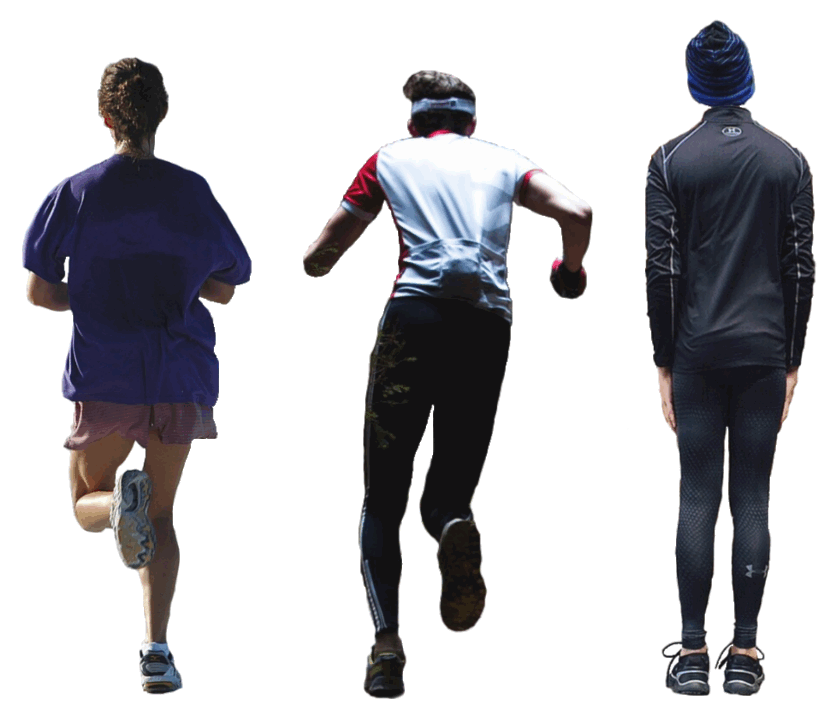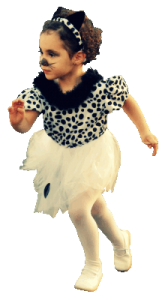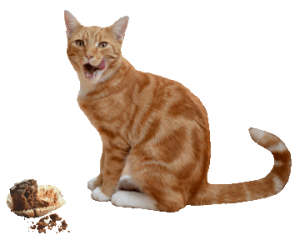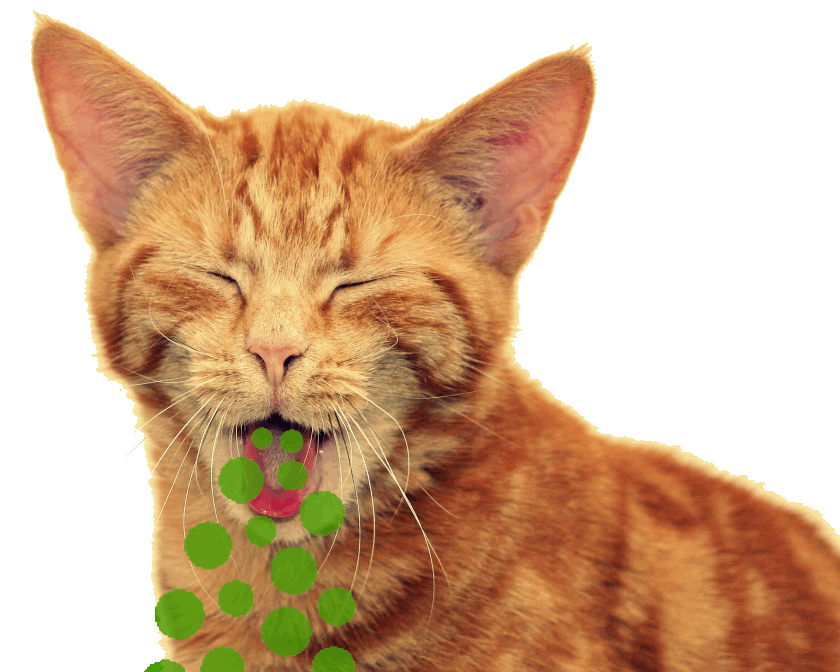Preventing Common Running Problems with Creativity and Color
Dear, A & H…Wish I could write a longer letter to you today but, having just finished my first post about preventing common running problems (you can find it below), I’m a bit worn out. You should see my hair! But, it’s all good. Just have to build up those writing muscles. ت Let me know what you think.
What Kind of Cat are You?
That question is a legitimate one, but not one to be taken literally. As you will see in a moment, cats just serve to make a point as we explore preventing common running problems. Elephants would have worked equally well for this post, skunks, too. Or, pigeons, porpoises, penguins…
No reason to zero in on cats, per se, they are just…well, just because.
Anyway, take a look at these three photos. They are all the same except for a few alterations as you move from left to right. They truly are all the same — three cats standing on their respective rocks — but, obviously, not the same.
Running is kind of like that.
Go to any race and you will know who the runners are. We kind of wear a uniform.
Also, without even asking, it’s pretty obvious that all participants, amateur to professional, engage in some sort of training. Mostly just putting in miles on a fairly regular basis.
Some of these runners, like the first cat, are real. They’re loyal and stick to running exclusively when they train.
Others are like the second cat. They’re also real. Most of their time is spent running but, on occasion and if there’s time, they’ll try other things.
But, are these the best approaches to gaining athletically, sustaining enjoyment, and preventing common running problems?
Maybe not because look at any group of runners and you know that a certain percentage of them won’t be running after a while.
Why?
Is that just the way it goes? Some are just lucky to keep at it year after year.
Or is there another reason…some method they have committed to that supports their longevity?
Are these successful runners like the cats above, similar to every other runner in most things except for how they chose to “express themselves” as they train.
Maybe they understand that running doesn’t always look like running. Like the third cat above, their running is creative and colorful, made up of a mosaic of movements that aren’t running but, indirectly, are of exponential benefit to running. (This all sounds a bit “out there” at the moment but, hang on, it’ll soon make sense.)
To come at it from another angle, consider this fictional scientific study.
Factors Influencing Adherence Behavior in Runners: A Cohort Study
This study looks at a group of runners of various ages over one decade to answer questions as to why some continue with the sport and why some don’t —
- Of those who continue, why do some maintain their abilities, maybe even excel, while others struggle to maintain fitness and/or enthusiasm for the sport?
- What are the deal breakers which prevents so many from running into their golden years? If it’s such an enjoyable activity for so many, why do some give it up? It’s not unusual for swimmers to do laps until their dying day, why can’t runners look forward to the same? Is this too big an expectation? If not, how can this be changed so that it’s more the norm than the exception?

The people followed in this fictional study are participants in a ½ marathon called “Race for a Purr-pose.” Runners include:
- professionals racing for a purse and their favorite animal charity,
- amateurs hoping for a PR, and
- many just looking for a good time and a chance to dress up as their favorite feline.
The study involves participants answering a questionnaire that requires them to explain their running goals, training (what that looks like and how often), and personal and work responsibilities.
After 10 years, all participants are invited back to compete again without having to pay any entry fee. What a deal!
Of course, not everyone comes back. No surprise there. The purpose of this study is to find out why.
But, truly…
Who needs a study!!! (Going off on a tangent: More needs to be discussed about the pitfalls of evidence-based science. To this end, keep your eyes peeled for additional posts on this subject.)
Common sense has the answers for us here. Even without fancy data, the biggest culprits are well known: injury, burnout, and daily “to-do” lists that mercilessly suck up free time. Even with the best intentions, these everyday challenges conspire to make running drudgery, feel like work, and ultimately lead us to move our running shoes to the back of the closet.
On the surface, we accept this. This is just what happens. Even if we don’t want to, some of us just have to give it up.
But, It Really Could Be Different
This is where creativity and color become life-savers. Put together, they’re a well-practiced strategy for keeping workouts interesting and enjoyable.
This is actually not so surprising since, in reality, most sports are “built” this way.
For instance, consider soccer. Does training just involve teams playing soccer day-in and day-out? No, ongoing training involves drills, running, stretching, lifting weights, plyometrics, etc.
Look at basketball. Improving speed, strength, endurance, and flexibility are often best enhanced with activities that don’t have anything to do with being on the court. Players regularly engage in these activities because they offer benefits that playing basketball for hours on end can’t provide.
Last, but not least, look at the sport of competitive swimming, a sport so beloved some swimmers have been devoted to going to the same pool for decades. I mean, can you imagine! Going back and forth, lap after lap, for hours on end. No music…no books on tape. No one to chat with during sets. Perception limited to what you can see through foggy goggles. Are they saints?!? No, they don’t just swim back and forth. Training involves drills, isolation exercises, strength training…
Do you see a pattern here? For soccer, basketball, swimming, etc., training revolves around a multitude of activities outside of their respective sports.
But, what’s the deal with runners? Why are so many people convinced that just putting in miles is the way to go…run, run, run…and…run some more.
Really?!?
How is this working out for us? Is this the best approach for building life-long runners who look forward to workouts and races like we look forward to 5 o’clock on Friday?
No, I can’t say it is. I’m in my 5th decade, about to enter my 6th, and know too many who no longer run because of bad knees, lack of both energy and enthusiasm, and have resolved themselves to just walk because that is “what people do when they get older…running, pfft, that’s for young people.”
Sorry for being so graphic. It’s just so frustrating.
Yes, we all get older but we can’t let fear, worry, or societal pressures dictate what we can and can’t do. We might be physically slower in some respects, but we can still run, do triathlons, climb Mount Everest, swim with sharks…
…compete in marathons, 5Ks, ultramarathons, etc., year after year after year…
…if we take the right precautions because preventing common running problems is possible with informed foresight.
When it comes to running, there’s so much we can do to stay enthusiastically consistent and even competitive if that’s our desire. Like the third cat, accomplishing these realistic goals means unabashedly embracing creativity and color.
Let me explain.
Preventing Common Running Problems with CREATIVITY
To prevent injuries, we have to avoid those aspects of training that might lead to repetitive stress injuries. I mean, if carpal tunnel syndrome, texting thumb, golfer’s elbow, etc. have taught us anything, it’s that, if you do something over and over and over again, it will lead to nothing good.
Fortunately…(sigh of relief)…we don’t have to give up what we love. We just need to be smart and give our bodies a break from time to time.
But, giving a body a break from running doesn’t mean “doing nothing.” On the contrary, it means learning to embrace variety which is easily accomplished through cross-training.
Please, make no faces. Just give me a few moments to present my case.
Truly, cross-training may be as important as running since it serves two vital purposes:
- One, it builds musculature and support structures that running might not do as effectively.
- Second, it’s another way to recover. Though rest and sleep are best, cross-training is another method. The rationale is simple. If we’re not using running centric muscles and movements while cross-training, we’re indirectly recovering while also maintaining endurance, cardio, etc.
Preventing Common Running Problems with COLOR
There is no way around it. If we just run, even with varying the terrain from time to time, it can get boring. When that happens, it’s really hard to look forward to workouts like it’s 5 pm on Friday. They, unfortunately, become our Monday morning.
Who wants that!
Getting around this is easy though. It’s as simple as…(drum roll)…cross-training.
Cross-training in the form of strength training, yoga, hiking, etc., puts at our disposal variety and a chance to take a break from running.
Looking at it another way, say you’re an avid oatmeal eater. It’s a comfort food and your favorite breakfast. Yet, if you ate this same breakfast day in and day out, could you convincingly say you would look forward to this meal after a few weeks, let alone after 1 year…5 years…20 years?
No!!!
Sometimes you want to eat dry cereal…or an omelet…sometimes even pizza. Life is short, sometimes it’s GOT to be chocolate cake. Variety is the spice of life, after all.
So, by stepping away from running from time to time by cross-training, you’ll set up a relationship with your running in such a healthy, supportive way that when you meet again, it will be with enthusiastic, fresh eyes.
Summing Up
Take a look at our three cats again and think about what your running life looks like?
It can be real, no doubt, but a little creativity and color are also important. Cross-training is that creativity and color.
Cross training supports and isolates those performance qualities so many of us runners desire: speed, strength, flexibility, and endurance. It also provides an excellent way to avoid injury and boredom. A win-win-win-win-win-win if there ever was one. 🙂
So, what are you waiting for?
Head on over to here for more on training.
Well, A & H, that’s all for now. I do hope anyone who comes across this post will take it to heart. So much of taking care of ourselves as runners — preventing common running problems — really comes down to common sense. Common sense gives us insight, while science, if available, often just provides measured proof of insight. From the moment I put my running shoes on so long ago, I knew I had to approach this sport wisely. This was partly because I knew me. I like to do things 110%. But, with running being known for its injuries and burnout, I knew I had to be careful. And, being careful has paid off because I feel better today than when I first started. More on that another time, though. Right now it’s time to celebrate…with a run. ت Until my next letter…
Much love, O.M.
P.S. Have you found this post helpful? If “Yes!,” please consider sharing, loving your body with a few miles today, and signing up for notice of new content. Thank you!
P.P.S. No spam ever. Staying away from processed is a healthy thing to do. 🙂




